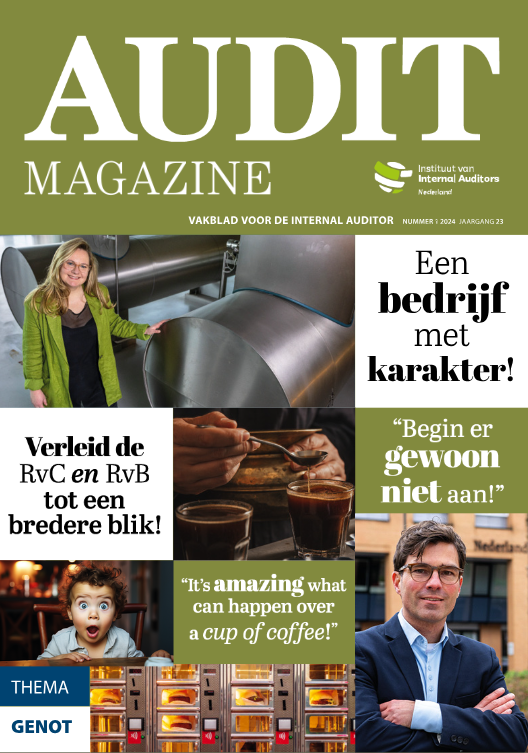15-02-2010
15-02-2010New Document Intended for Audit Committee Members May Be Relevant to CAEs | ||
| A recent PwC white paper provides a list of financial reporting questions that, while intended for use by audit committee members, may be of interest to CAEs as well. A new white paper by the public accounting and business services firm PricewaterhouseCoopers LLP should be of interest not only to its intended audience of board members but also to CAEs. The questions the eight-page publication advises audit committee members to ask the organization’s financial executives and financial auditors during the year-end financial reporting process are ones CAEs may wish to explore beforehand to better fulfill their key audit committee support role. The underlying premise of this document, “2009 Year-end Questions Audit Committee Members Should Be Asking” , is that organizations are conducting their 2009 year-end financial reporting processes in a high-risk environment marked in part by ongoing scrutiny of the financial services, health-care, and other industries by the U.S. federal government and a tepid recovery from one of the worst economic recessions in U.S. history. These challenging times, the publication suggests, should prompt audit committee members to give more thoughtful consideration than ever to the topics they should question management and the external auditors about at the close of the 2009 financial reporting cycle. The document suggests that these questions should hone in principally on year-end reporting issues such as disclosure, internal control, and risk management as well as matters such as the potential impact on the organization of evolving tax rules and International Financial Reporting Standards (IFRS). Some of the 13 suggested questions seem particularly appropriate for internal audit exploration, such as: How is management ensuring the timely and adequate documentation of the key judgments it has made throughout the year regarding accounting estimates and complex accounting determinations? In view of the current heightened scrutiny and activism by regulatory agencies such as the U.S. Securities and Exchange Commission (SEC), contemporaneous documentation of key accounting decisions may be vitally important. Elements that are critical to a well-documented framework for reviewing the reasonableness of management’s decision making judgments are the evaluation of alternative accounting treatments, the consideration of all available evidence, the thought process applied at the time estimates were made, and transparency in disclosures about judgments. How has the organization’s internal control system been impacted by cost-cutting and layoff programs? Cost cutting and layoffs can place added stress on the organization’s system of internal control. Given the ongoing requirements of the U.S. Sarbanes-Oxley Act of 2002, the ramifications of any downsizing on the effectiveness of the organization’s internal control over financial reporting should be explored and reported as appropriate. How will the organization articulate the audit committee’s and board’s role in overseeing the key risks facing the company? New SEC rules require several proxy disclosures for the 2010 proxy season, among them a discussion about the role of the board and its committees in risk oversight. This disclosure also should address the relationship between the board and management in managing material risks to the organization and whether individuals who supervise day-to-day risk management activities report directly to the board or the audit committee. How is management assessing whether the organization’s compensation policies and practices create incentives that promote inappropriate risk-taking? Another requirement of the SEC’s new proxy-disclosure rules concerns the relationship between organizational risks and the compensation of employees or employee groups who can influence risk taking. Effective review of the relationship between compensation and risk taking requires an understanding of major risk areas, the individuals who can influence these risks, and the compensation programs and policies that cover these employees. These reviews may require audit committees and compensation committees to collaborate in assessing management’s assessment of these complex relationships. How is management ensuring that the organization complies with antitrust and anticorruption laws such as the U.S. Foreign Corrupt Practices Act, considering the significant focus regulators and authorities are placing on this area? Recently, the U.S. Department of Justice and the U.S. Federal Bureau of Investigation, among other U.S. government agencies, have stepped up their pursuit of potential violators of America’s antitrust and anticorruption laws, often in cooperation with their counterparts in various countries. The white paper suggests that audit committees question the organization’s related standards and policies, risk assessments, and compliance program effectiveness. |






